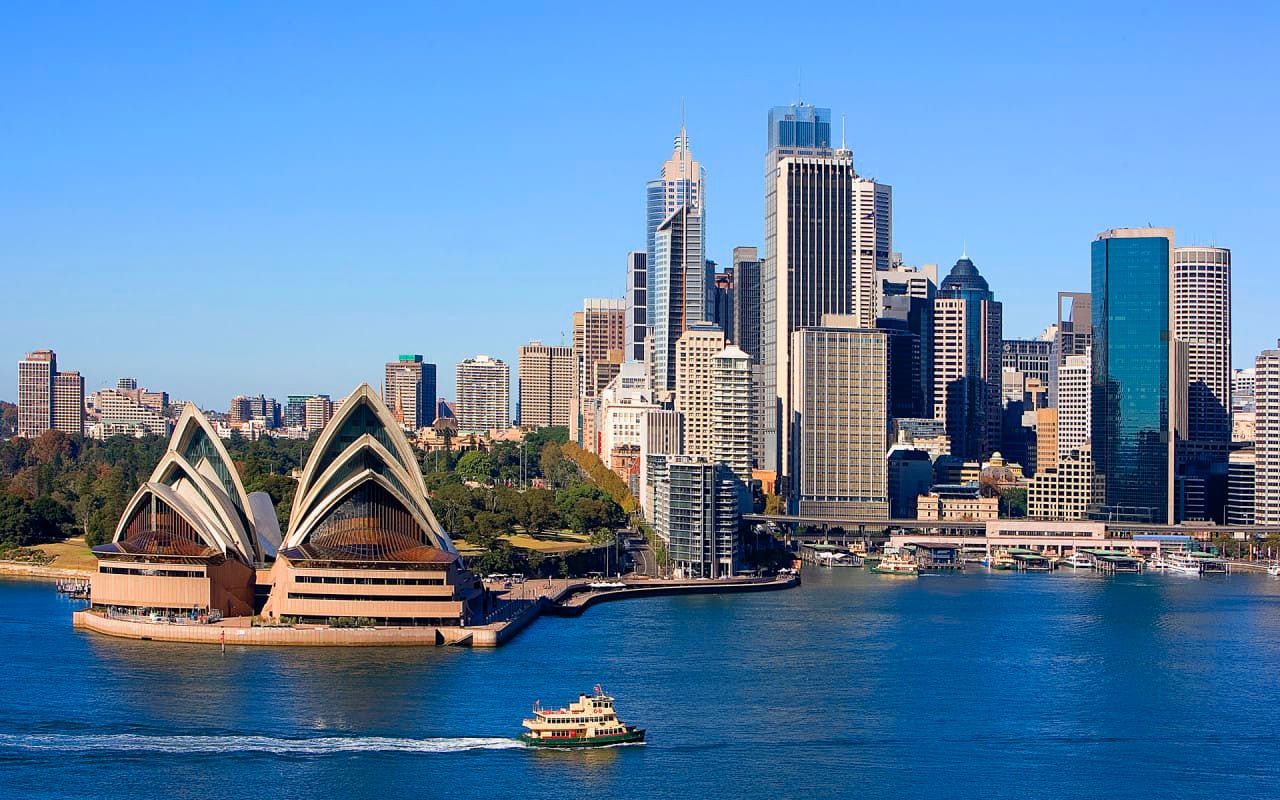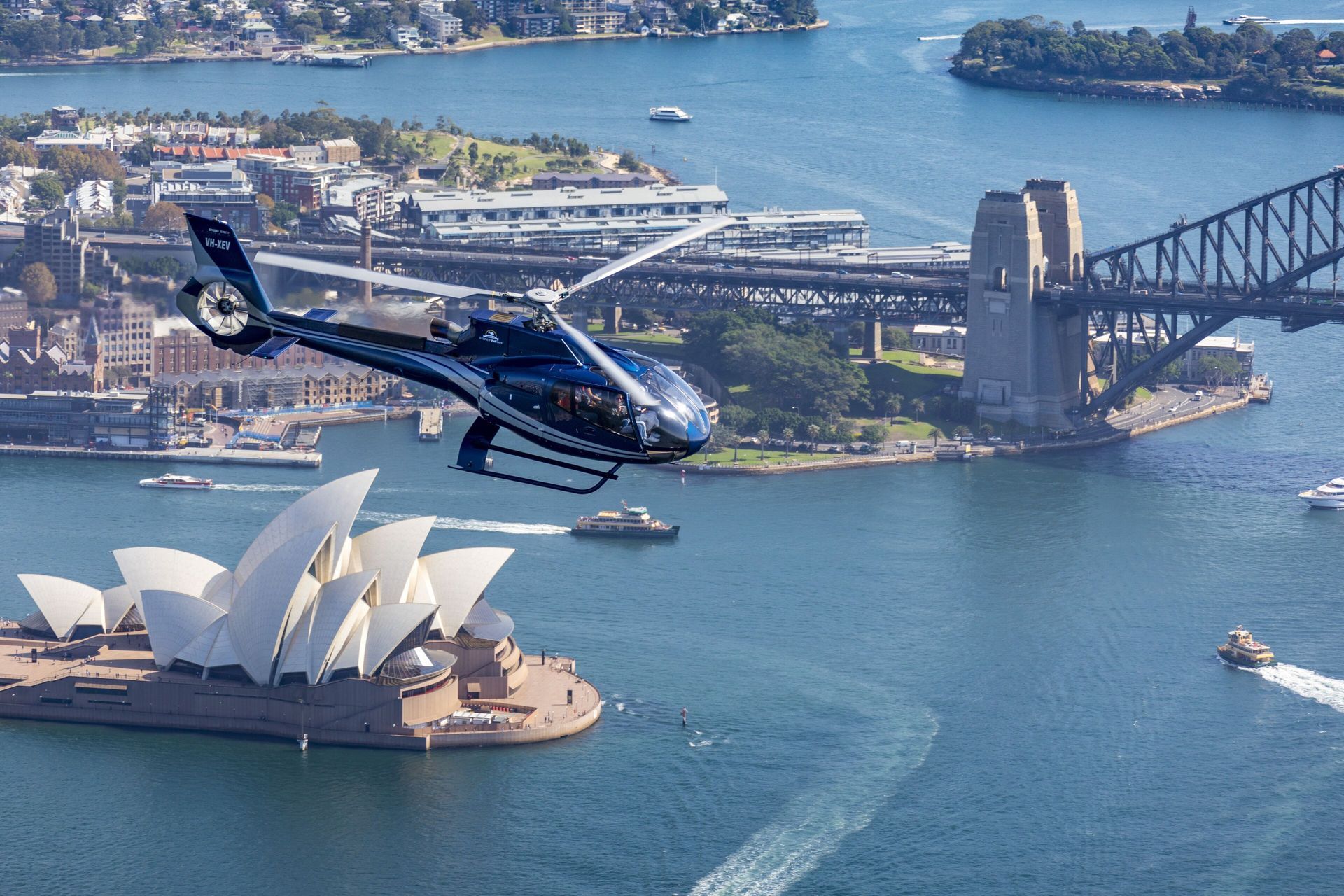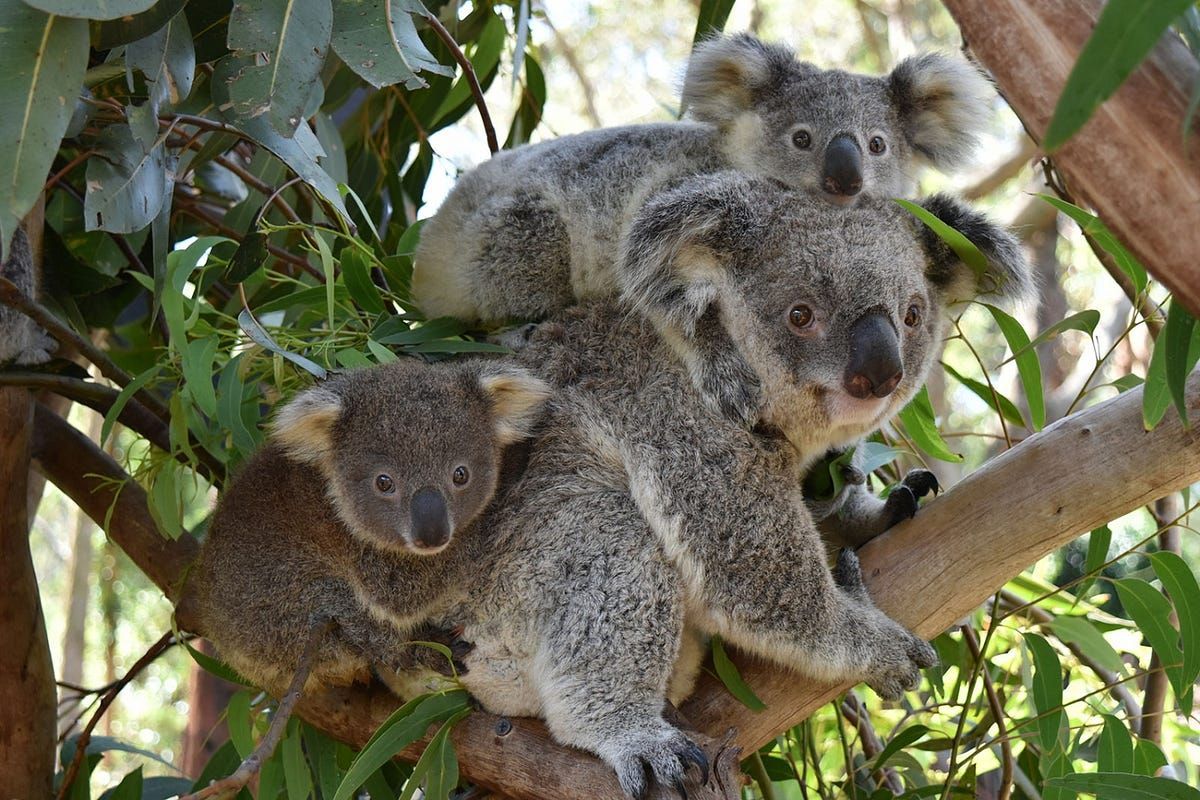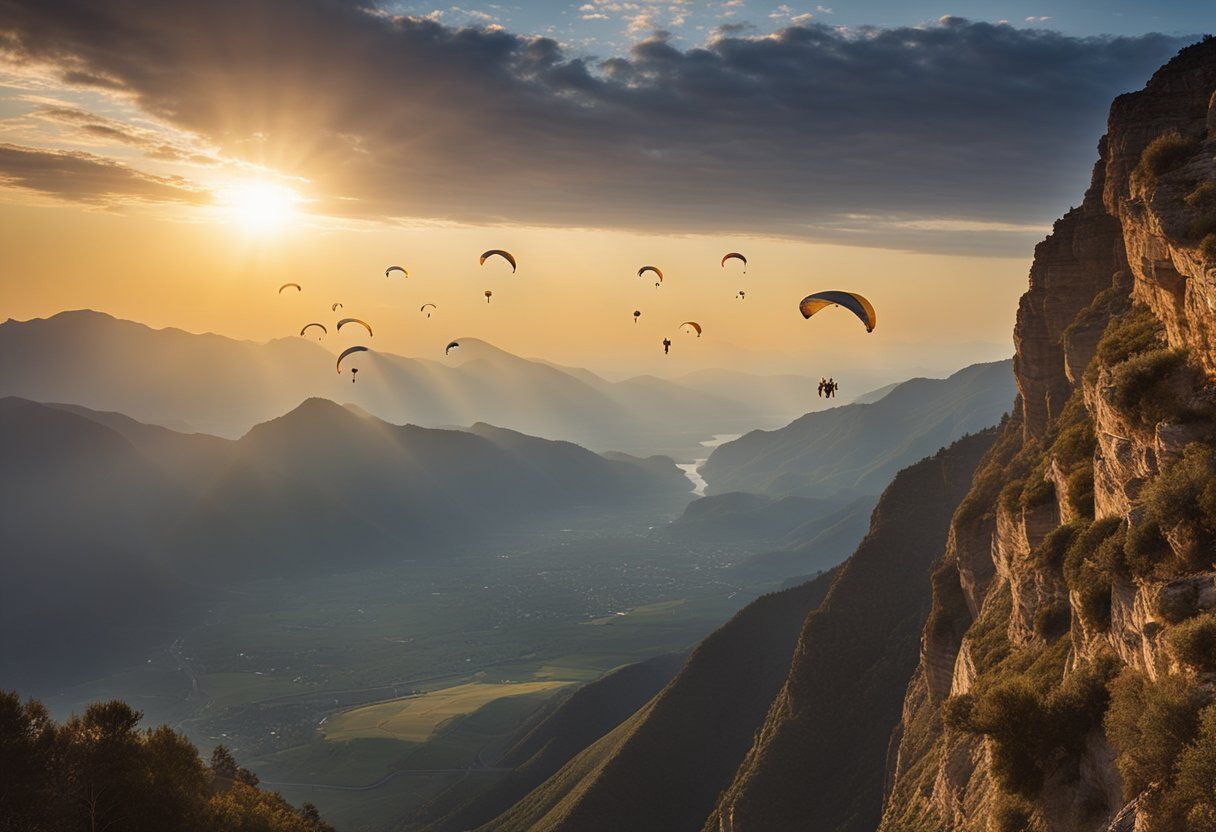To share
Tasmania offers a paradise for adventure seekers. Dive into crystal-clear waters, climb majestic peaks, and encounter unique wildlife. Discover why Tasmania is Australia's adventure capital!
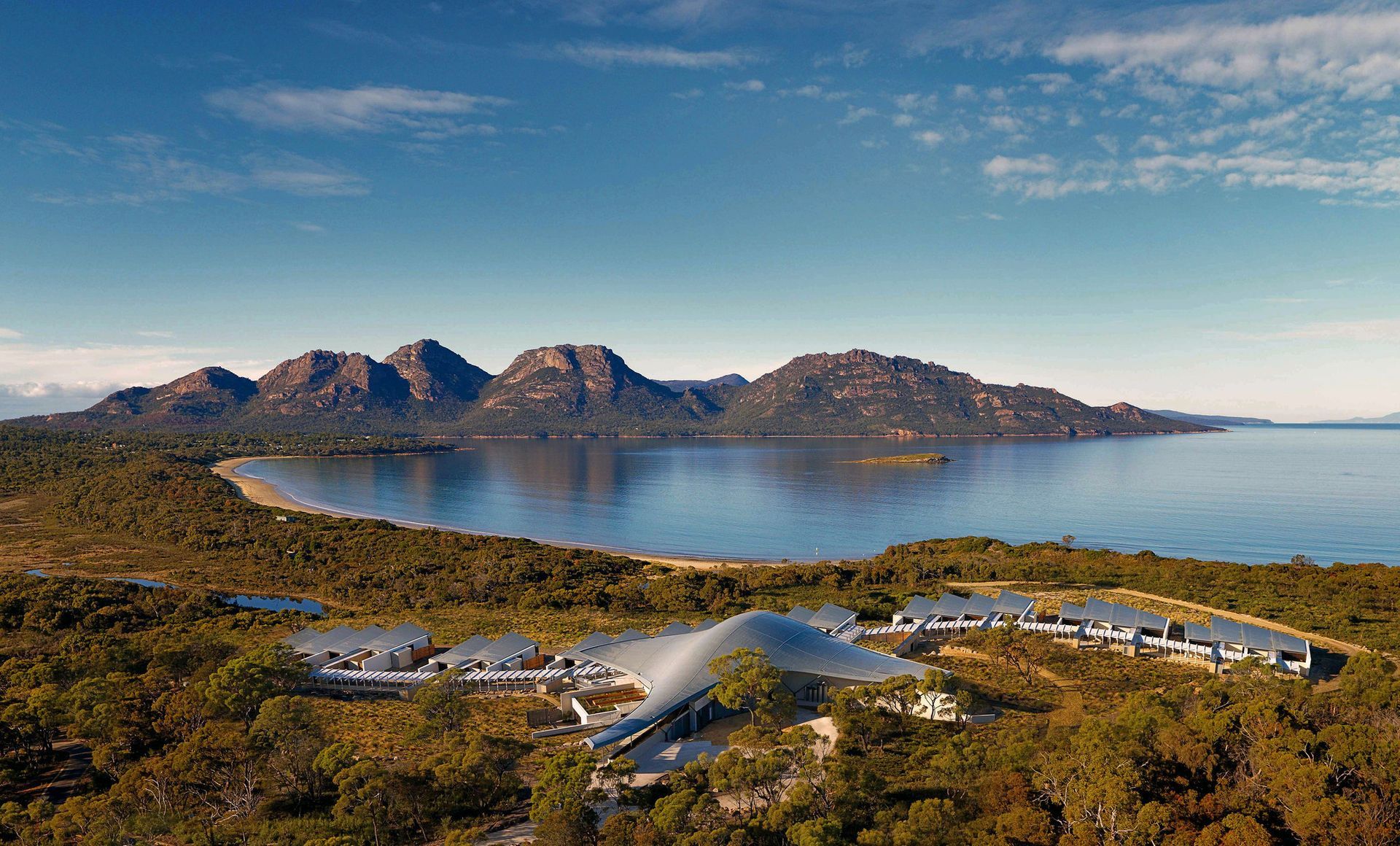
1. Exploring Tasmanian Wilderness
Hiking the Overland Track
The Overland Track, stretching 65 kilometers through the heart of Tasmania's wilderness, offers hikers an unforgettable experience. This six-day journey takes you through diverse landscapes, from towering mountains to tranquil lakes.
During my trek, I encountered challenging terrains and unpredictable weather, but the breathtaking views made every step worthwhile. The track's well-maintained facilities, including comfortable huts, provide a balanced outdoor experience.
"The Overland Track isn't just a hike; it's a journey through Tasmania's natural history."
Hikers should be prepared for sudden weather changes and carry appropriate gear. Booking in advance is essential, as the track has a limit on daily walkers to preserve its natural beauty.
Cruising through Franklin-Gordon Wild Rivers National Park
The Franklin-Gordon Wild Rivers National Park offers a unique perspective of Tasmania's wilderness from the water. River cruises provide an accessible way to experience the park's pristine beauty.
On my cruise, I was struck by the reflection of ancient Huon pines in the crystal-clear waters. The guides shared fascinating insights into the area's geological history and conservation efforts.
- Best time to visit: Summer months (December to February)
- Duration: Half-day to full-day cruises available
- Highlight: Spotting platypus in their natural habitat
Spotting wildlife in Cradle Mountain-Lake St Clair National Park
Cradle Mountain-Lake St Clair National Park is a haven for Tasmania's unique wildlife. The park's diverse ecosystems support a wide range of animals, including wombats, Tasmanian devils, and numerous bird species.
During my visit, I was fortunate to observe a wombat grazing near Dove Lake at dusk. The park offers guided night tours, providing opportunities to see nocturnal animals in action.
"Patience and silence are key when wildlife spotting in Cradle Mountain-Lake St Clair National Park."
2. Coastal Experiences in Tasmania
Sailing the east coast's Bay of Fires
The Bay of Fires, with its white sandy beaches and orange lichen-covered granite boulders, is a sailor's paradise. Chartering a yacht allows for exploration of secluded coves and pristine beaches inaccessible by land.
My sailing experience along this coast was marked by crystal-clear waters and abundant marine life. We anchored in sheltered bays each night, enjoying the solitude and starry skies.
- Sailing season: October to April
- Charter options: Bareboat or skippered yachts available
- Must-visit: Binalong Bay for its picturesque beauty
Surfing at Cloudy Bay on Bruny Island
Cloudy Bay on Bruny Island offers excellent surfing conditions for both beginners and experienced surfers. The bay's consistent waves and stunning backdrop make it a favorite among local surfers.
As a novice surfer, I found the gentle waves near the shore perfect for learning. More experienced surfers can venture further out for bigger challenges.
"Cloudy Bay's changing tides create varied surfing conditions throughout the day, catering to all skill levels."
Remember to respect local surfing etiquette and be aware of rip currents. Wetsuit rental and surfing lessons are available in nearby adventure shops.
Kayaking the Freycinet Peninsula
Kayaking around the Freycinet Peninsula offers a unique perspective of Tasmania's coastal beauty. The calm waters of Coles Bay provide an ideal starting point for kayakers of all levels.
During my kayaking trip, I paddled past pink granite cliffs and secluded beaches. We even spotted dolphins playing in the distance. The highlight was reaching the famous Wineglass Bay, its perfect crescent shape even more impressive from the water.
- Best time: Early morning for calm waters and potential wildlife sightings
- Duration: Half-day to multi-day trips available
- Don't miss: Paddle to Hazards Beach for a peaceful lunch stop
Kayaking the Freycinet Peninsula allows for an intimate exploration of Tasmania's coastline, revealing hidden gems inaccessible by land.
3. Cultural and Historical Journeys
Visiting Port Arthur Historic Site
Port Arthur Historic Site stands as a testament to Australia's convict past. This UNESCO World Heritage site, located on the Tasman Peninsula, offers visitors a glimpse into the harsh realities of 19th-century penal life. The site features well-preserved ruins, including the penitentiary, separate prison, and church.
Guided tours provide in-depth information about the site's history and the lives of convicts and free settlers.
The Ghost Tour, conducted after dark, adds an eerie dimension to the experience. I found the interactive exhibits particularly engaging, as they allowed me to step into the shoes of historical figures and understand their perspectives.
Exploring Hobart's MONA (Museum of Old and New Art)
MONA, situated on the banks of the River Derwent, is a cultural icon that challenges conventional notions of art. This privately-owned museum houses an eclectic collection of ancient, modern, and contemporary works.
The museum's architecture is as striking as its contents, with subterranean galleries carved into sandstone cliffs. During my visit, I was captivated by the juxtaposition of millennia-old artifacts alongside provocative modern installations. The curator's unconventional approach to displaying art, often without labels or explanations, encourages visitors to form their own interpretations.
Discovering Aboriginal Heritage at Tiagarra Aboriginal Culture Centre
Tiagarra Aboriginal Culture Centre in Devonport offers an immersive experience into Tasmania's indigenous history. The center showcases artifacts, art, and cultural practices of the Tasmanian Aboriginal people.
Guided tours led by Aboriginal interpreters provide valuable insights into traditional customs, dreamtime stories, and the ongoing struggle for recognition. I found the hands-on activities, such as tool-making demonstrations and bush tucker tastings, particularly enlightening. These experiences fostered a deeper appreciation for the rich cultural heritage of Tasmania's first inhabitants.
4. Tasmanian Culinary Adventures
Wine Tasting in the Tamar Valley
The Tamar Valley, nestled in northern Tasmania, is renowned for its cool-climate wines. This picturesque region boasts over 30 wineries, each offering unique tasting experiences.
During my tour of the valley, I sampled a variety of wines, including crisp Rieslings, elegant Chardonnays, and robust Pinot Noirs. Many cellar doors offer guided tastings, allowing visitors to learn about the winemaking process and the region's terroir. The stunning views of rolling vineyards and the Tamar River provide a perfect backdrop for wine enthusiasts.
Sampling Fresh Seafood at Salamanca Market
Salamanca Market, held every Saturday in Hobart, is a food lover's paradise. This bustling outdoor market showcases Tasmania's finest produce, with a particular emphasis on fresh seafood.
Stalls brimming with oysters, abalone, rock lobster, and a variety of fish offer a true taste of Tasmania's waters. I enjoyed sampling local specialties like scallop pies and watching cooking demonstrations by local chefs. The market's vibrant atmosphere, with live music and artisanal crafts, adds to the overall experience.
Truffle Hunting in the Huon Valley
The Huon Valley, south of Hobart, is gaining recognition for its black truffle production. Several farms in the region offer truffle hunting experiences during the winter season (June to August).
Participating in a truffle hunt was a highlight of my culinary journey. Accompanied by trained truffle dogs, I ventured into hazelnut and oak plantations to unearth these prized fungi. The experience concluded with a truffle-infused meal, showcasing the versatility of this gourmet ingredient. It was fascinating to learn about the cultivation process and the role of Tasmania's cool climate in producing high-quality truffles.
Tasmania's blend of natural beauty, rich history, and culinary excellence makes it a destination that appeals to all senses. From exploring convict-era ruins to savoring world-class wines and truffles, the island state offers a diverse range of experiences that leave a lasting impression on visitors.
5. Unique Tasmanian Wildlife Encounters
Observing Tasmanian devils at Bonorong Wildlife Sanctuary
Bonorong Wildlife Sanctuary offers visitors a rare opportunity to observe Tasmanian devils in a natural setting. These unique marsupials, found only in Tasmania, are known for their distinctive black fur and piercing screech. At the sanctuary, you can witness feeding times and learn about conservation efforts to protect these endangered creatures.
During my visit, I was struck by the devils' agility and intelligence. The sanctuary's knowledgeable guides provided fascinating insights into their behavior and the challenges they face in the wild.
Whale watching off the coast of Bruny Island
Bruny Island, located off Tasmania's southeastern coast, is a prime location for whale watching. From May to July and September to December, you can spot humpback and southern right whales as they migrate along the coast.
I joined a guided tour and was amazed by the sight of these gentle giants breaching and tail slapping. The experience was not only thrilling but also educational, as our guide shared information about whale biology and conservation efforts.
Penguin spotting at Low Head
Low Head, situated at the mouth of the Tamar River, is home to a colony of little penguins. These charming birds, also known as fairy penguins, return to shore each evening after a day of fishing.
Watching the penguins waddle up the beach at sunset was a delightful experience. I recommend joining a guided tour to ensure minimal disturbance to the birds and to learn more about their habits and habitat.
6. Thrilling Outdoor Activities
Mountain biking at Blue Derby
Blue Derby, located in northeastern Tasmania, has quickly become a world-class mountain biking destination. The network features over 125 kilometers of purpose-built trails catering to riders of all skill levels.
As an avid mountain biker, I found the trails to be exceptionally well-designed and maintained. The lush forest scenery and challenging terrain made for an unforgettable riding experience.
White-water rafting on the Franklin River
The Franklin River offers some of the most pristine white-water rafting in Australia. This wild river flows through the Franklin-Gordon Wild Rivers National Park, part of the Tasmanian Wilderness World Heritage Area.
Though I haven't personally rafted the Franklin, fellow adventurers have described it as a challenging and rewarding experience. Multi-day trips are available, allowing you to fully immerse yourself in the untouched wilderness.
Rock climbing at the Freycinet Peninsula
The Freycinet Peninsula, known for its stunning coastal scenery, also offers excellent rock climbing opportunities. The granite cliffs provide a variety of routes suitable for climbers of different abilities.
While I'm not an experienced climber, I observed several climbers tackling the cliffs during my visit to Freycinet National Park. The combination of challenging routes and breathtaking ocean views makes this a popular spot for climbing enthusiasts.
Summary
Tasmania offers a wealth of unique wildlife encounters and thrilling outdoor activities. From observing Tasmanian devils and whale watching to mountain biking and white-water rafting, the island state provides diverse experiences for nature lovers and adventure seekers alike.
Frequently Asked Questions
What's the best time to visit Tasmania?
The best time to visit Tasmania depends on your interests. Summer (December to February) offers warm weather and is ideal for outdoor activities. Winter (June to August) is perfect for those interested in snow sports or the aurora australis. Spring and autumn provide mild temperatures and beautiful scenery.
How long should I plan for a trip to Tasmania?
I recommend planning at least 7-10 days to explore Tasmania's highlights. This allows time to visit key attractions, enjoy outdoor activities, and experience the unique wildlife. However, if you want to explore more remote areas or engage in multi-day hikes, consider extending your stay to two weeks or more.
What are the must-see attractions in Tasmania?
Some must-see attractions in Tasmania include:
- Cradle Mountain-Lake St Clair National Park
- Port Arthur Historic Site
- Freycinet National Park
- MONA (Museum of Old and New Art)
- Salamanca Market in Hobart
- Tasman National Park
Is it easy to get around Tasmania without a car?
While it's possible to explore Tasmania's main cities and some attractions using public transport, having a car provides greater flexibility and access to remote areas. If you're comfortable driving, renting a car is recommended for exploring Tasmania's diverse landscapes and attractions.
What unique wildlife can I expect to see in Tasmania?
Tasmania is home to several unique species, including:
- Tasmanian devils
- Platypus
- Wombats
- Eastern quolls
- Pademelon
- Little penguins
- Various bird species, including the endangered orange-bellied parrot
Remember to observe wildlife responsibly and from a safe distance to minimize disturbance to their natural habitats.

